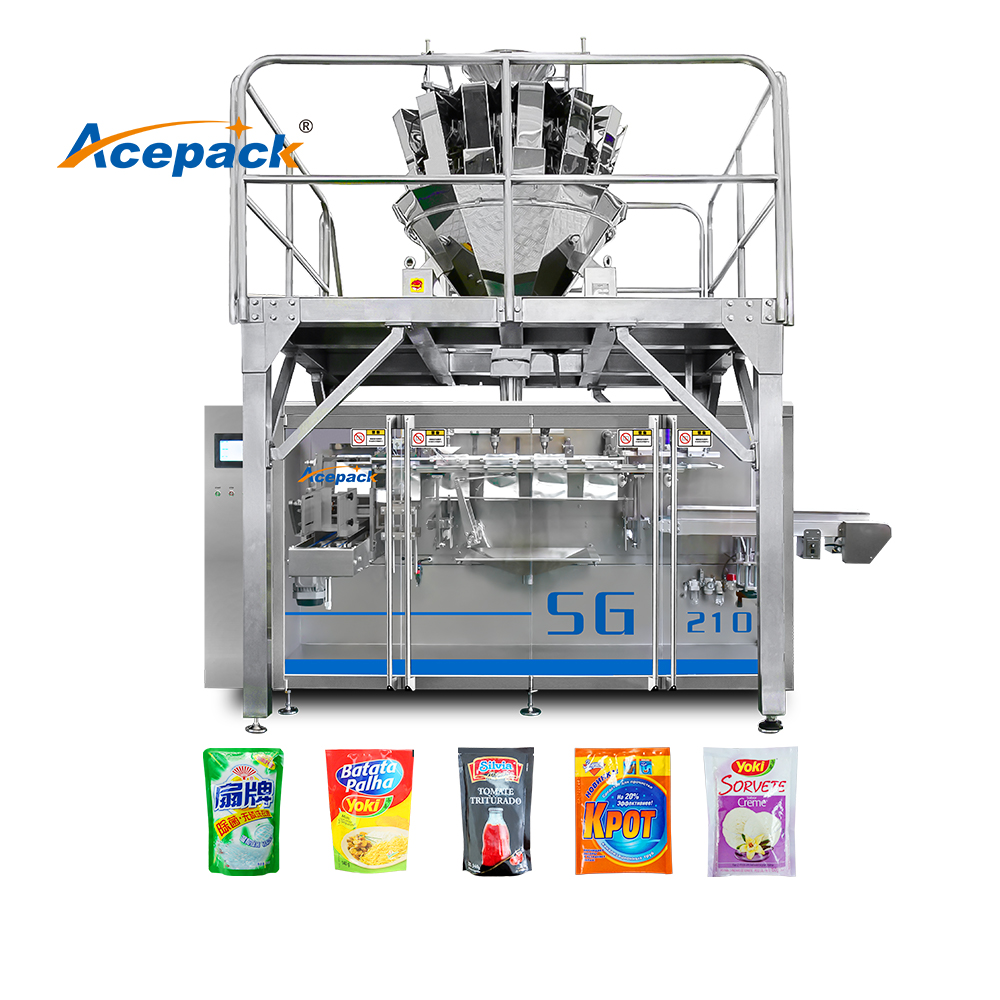In the packaging industry, the selection of the right machinery is paramount to ensuring operational efficiency, product quality, and cost-effectiveness. Two leading options, Form-Fill-Seal (FFS) bagging machines and horizontal packaging machines, each bring unique attributes to the table. This comparative analysis delves deeper into their operational nuances, benefits, and potential drawbacks, aiding businesses in making an informed choice.

Operational Mechanics: A Look Under the Hood
FFS bagging machines operate on a principle of flexibility and customization. They automatically form the bag from a continuous roll of film, fill it with the product, and then seal it. This process allows for on-the-fly adjustments to bag size and shape, accommodating a wide variety of product types and sizes. The machinery's modular design often permits easy integration of additional features, such as gas flushing or date coding, enhancing package functionality.
Horizontal packaging machines, in contrast, focus on speed and scale. These systems typically utilize pre-made packaging material, which is fed horizontally into the machine. The product is then deposited, and the package is sealed. This setup allows for very high speeds, ideal for large-scale production runs. Horizontal machines also offer greater stability during packaging, crucial for handling heavier or more delicate products.
Benefits and Drawbacks: Weighing the Options
FFS bagging machines shine in environments where product diversity and customization are key. Their ability to create tailored bags reduces material waste and enhances the aesthetic appeal of the final package. They are also well-suited for small- to medium-sized businesses or product lines that require frequent changes in packaging specifications. However, the complexity of FFS systems can result in higher maintenance costs and longer downtimes during repairs.
Horizontal packaging machines excel in high-speed, high-volume applications. Their design facilitates easy integration into existing automation systems, further boosting productivity. The use of pre-made packaging film also simplifies the process, reducing setup time and potential for errors. Yet, the reliance on pre-made bags can lead to higher material costs and less flexibility in bag sizes and shapes.
Environmental and Cost Considerations
Both types of machines have implications for sustainability and cost-efficiency. FFS machines, by minimizing material waste, align well with eco-friendly packaging trends. However, the energy consumption and initial investment costs can be higher. Horizontal packaging machines, while potentially more material-intensive, can offer lower operational costs per unit due to their high throughput capabilities.
Conclusion: Making the Right Choice
The decision between FFS bagging machines and horizontal packaging machines should be driven by a comprehensive understanding of business needs, including production scale, product characteristics, and packaging requirements. FFS machines offer flexibility and reduced waste, making them ideal for diverse product lines or small-to-medium enterprises. Horizontal machines, with their high-speed efficiency, are better suited for large-scale manufacturing operations. By carefully weighing these factors, businesses can select the packaging machinery that best aligns with their operational goals and strategic vision.



